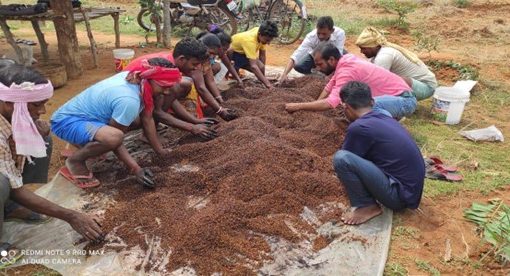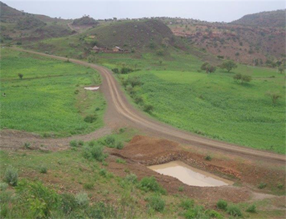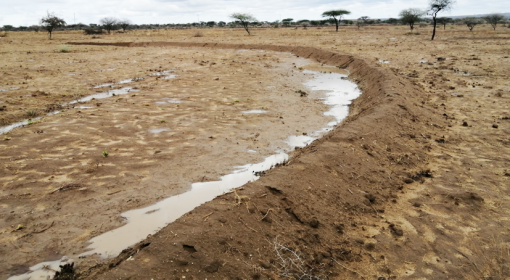Ingenuity: ancient water harvesting in the Altiplano of Bolivia
Posted by Francesco Sambalino and Martha Agujetas
May 22/05/2018
Water scarcity is not new to many people and for many it is way of life and survival. Here is an example: the inhabitants of the Bolivian altiplano who have lived and thrived despite this struggle for millennia. The altiplano consists of a high plateau located between 3.650 and 4.100 meters of altitude. The precipitation decreases towards the south, from 400 mm in the north to 200 mm in the south. The communities of the Bolivian Altiplano have developed during centuries skills and techniques to cope with adverse weather events and challenging climatic conditions. Some of these practices are neglected or under-documented. However, an effort has been made by two Bolivian organizations –Autoridad Plurinacional de la Madre Tierra and Agua Sustentable – to document, study and push the revival of this practices. Below is an overview of the ancient water harvest and soil and water conservation practices that have been collected on the report “Ancestral sciences as a mechanism for climate change adaptation/Las ciencias ancestrales como mecanismo de adaptación al cambio climático” Below is a compilation of the practices collected on the report.
Suka kollu
Suka kollu are platforms of cultivable land whose height was increased artificially. They were built to facilitate drainage and modify the local environment to improve the soil conditions, crop growth rates and control the humidity. In the Suka kollu, water channels are placed around the cultivable area. Besides serving for water harvesting, it is believed that the channels were built to improve the microclimate by absorbing heat from solar radiation during the day, releasing heat at night in the surrounding area to prevent damage to crops due to frost.
Q’otañas or vigiñas
Q’otañas or vigiñas are rainwater harvesting reservoirs built to provide water for irrigation, livestock drinking and domestic use. They are communal ponds built also to regulate the local temperature and increase the humidity in the nearby areas. The increase on humidity will foster the re-establishment of native pastures.
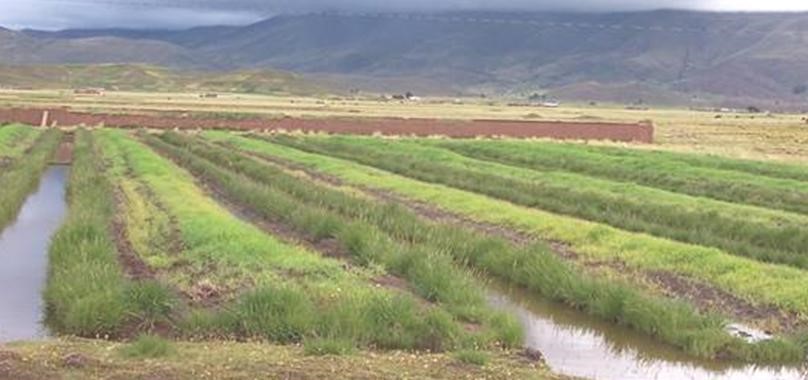
Figure 1 SUKA KOLLO (Source: Atlantis Bolivia).
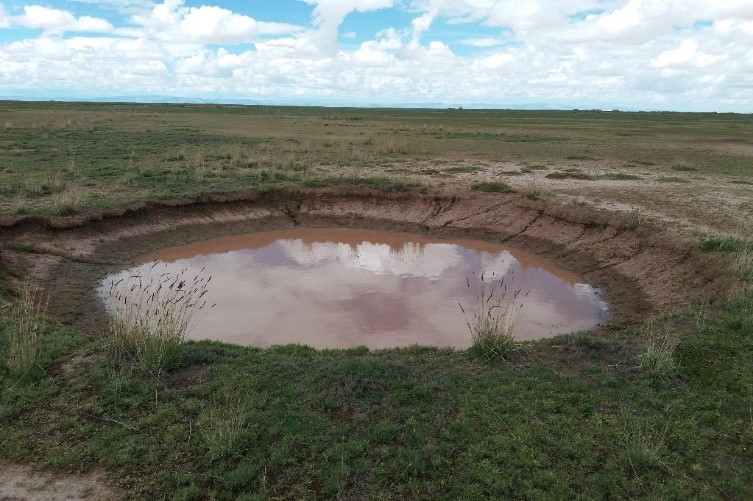
Figure 2. Q’otañas or vigiñas (Source: Gonzaga Ayala, 2017)
Chajwa
Chajwa means “elevated stone bund on the slope direction” in aymara language. The chajwas are systems of elevated stone bunds built by communities by piling up small stones found while working on the fields. They are placed on the sides of each individual farm and become higher throughout the years. These structures provide several benefits:
- They allow water to infiltrate slowly during the rainy season and thus reduce surface runoff
- Favour crop growth by providing permanent humidity during the growth season
- By increasing the humidity of the area and the soil moisture, they foster the regeneration of the surrounding native pastures
- They crash the hail, transforming it into water and protecting the soil
- They control the microclimate because the stones absorb heat during the day and protect crops from frost
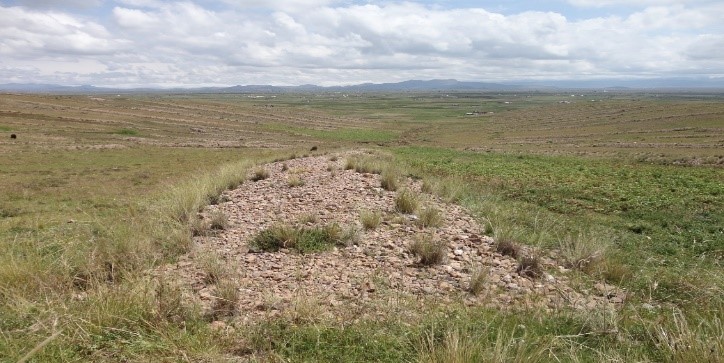
Figure 3. Chajwas (Source: Gonzaga Ayala, 2017)
Inka takanas
Inka takanas means “inka terraces” and are very ancient structures sometimes built centuries ago. They are built to slow down runoff, preventing further soil erosion. The base of the terraces is built with stones, which capture solar radiation during the day and warm down the area at night. The stone walls are built along the contour lines and thus allow for water infiltration and shallow ground water recharge. Besides, they also collect sediments brought by runoff from the upper catchment areas and allow the growth of very valuable native fodder species. By slowing down the run off, the terraces also increase infiltration and recharge groundwater.
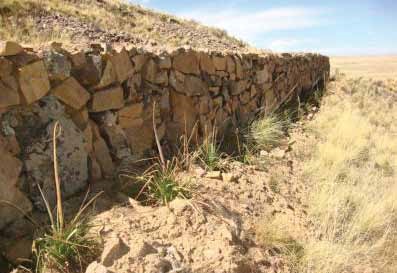
Figure 4. Inka Takanas (Source: Virreira, D., 2013)
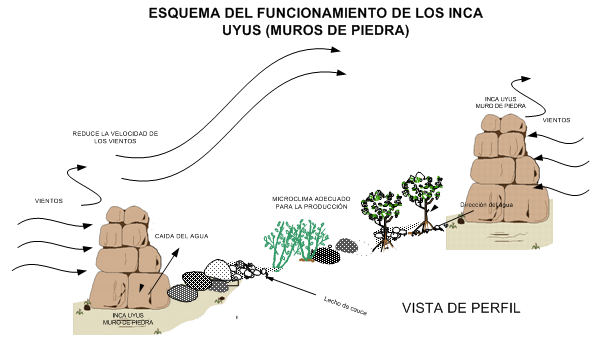
Figure 5. Drawing of Inka Uyus (source: Torrez, E., 2015.)
Inka uyus
Inka uyus are ancient structures built in the lower part of the landscape. They are groups of stone walls built perpendicular to the slope and have different dimensions. They are usually 2-meter-long and 70 to 40 meter wide. They were built to protect crops and pasture from wind and frost by creating a microclimate. They were also built to slow down runoff, preventing erosion and allowing infiltration. The inka uyus have been also built in areas where sedes from native pasture tend to accumulate, which combined with fertile sediment deposition they allow pastures to grow during the rainy season.
